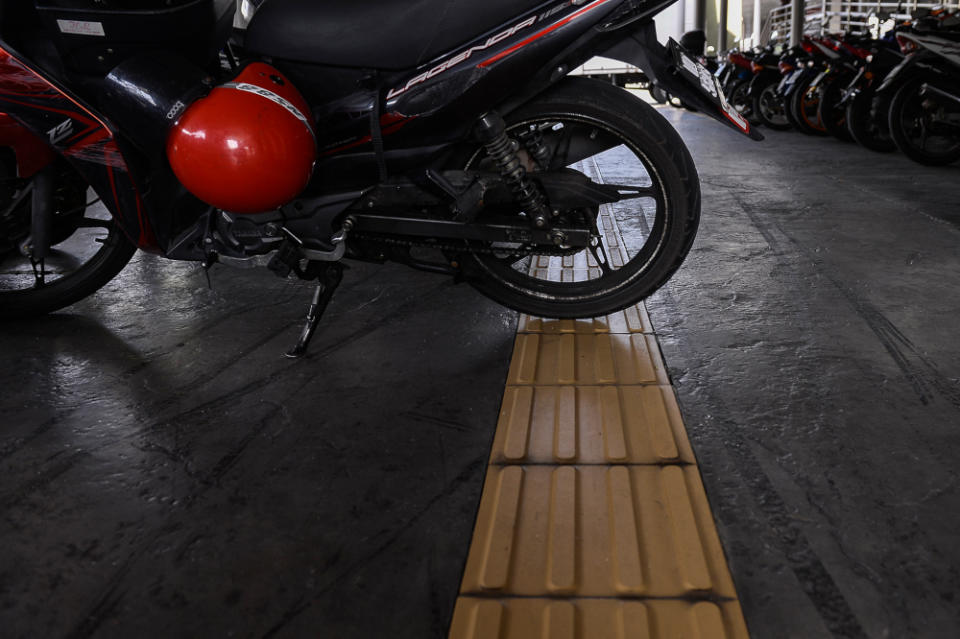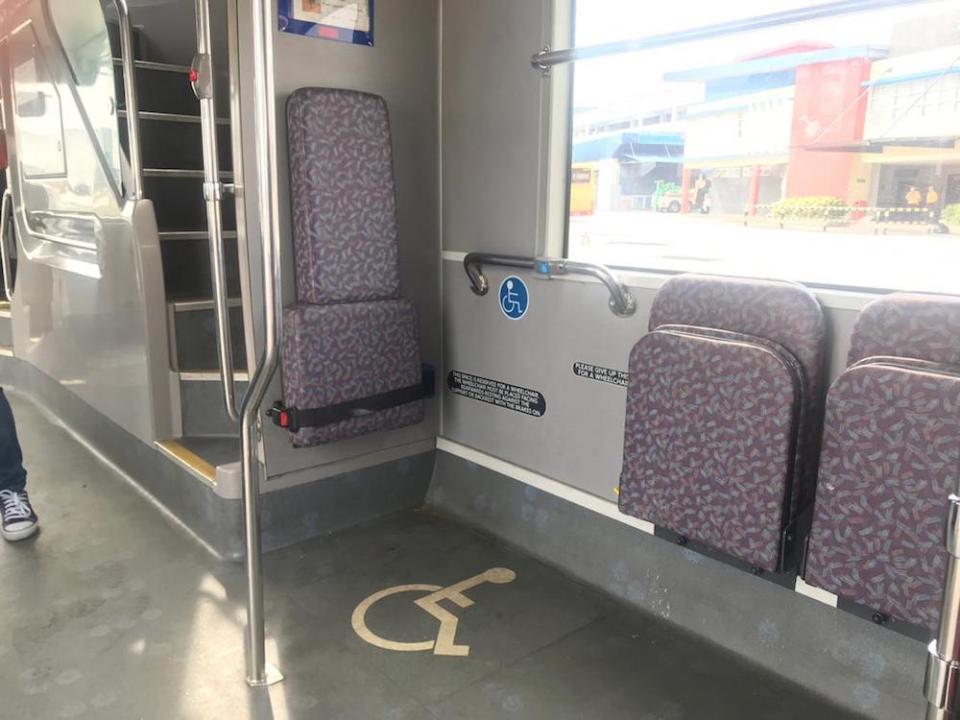How well will you live in KL as you grow old or become disabled?

KUALA LUMPUR, Oct 14 — James Nayagam does a lot of walking in his daily work with the disabled and elderly communities who need help traversing the concrete jungle.
After 38 years, the former human rights commissioner said little has changed in the capital city’s transport system and public facilities to aid those with disabilities or senior citizens get around, especially in terms of access to hospitals which many visit regularly for medical treatment and drugs.
“Most of these places are not properly connected to public transport.
“Unless the person is really fit, I really pity the elderly and those in a wheelchair,” he told Malay Mail in a recent interview.

The 65-year-old said that even an able-bodied person would have a tough time navigating pedestrian pathways because of the broken pavements or thoughtlessly placed dustbins obstructing foot traffic.
“I can’t even walk properly. Can you imagine the disabled person who could be blind?” he asked.
Official data from the National Population and Family Development Board predicts that by 2035, 15 per cent of the total population will be 60 years old, or older.
For Nayagam, the big question is whether Malaysia will be prepared to deal with an ageing population by then.
“I spoke to some politicians, they said they will do something about the current situation.
“I said ‘good’, but I asked them in return when are they planning to start? No answer,” he said.

Taking trains and buses
Nayagam suggested that the government send an audit team to survey current ground conditions for public facilities assess for the disabled, including train stations and bus stops.
As an example, he said that not all Keretapi Tanah Melayu Berhad stations are equipped with lifts to take those with trouble walking from the ground level to the train platforms, whether it is for intercity travel or the daily intracity commute.
“Many times when I am at a public place, I don’t see a ramp or a pathway where I can push a wheelchair through. That’s the most basic thing that public premises must have.
“Imagine a disabled and elderly person having to get onto a public bus during rush hour. Where is the priority lane for these groups of people?” he asked.

Former Petaling Jaya city councillor Anthony Thanasayan said the Klang Valley is not friendly to people with disabilities like him who are independent, forcing them to rely on someone else to move around.
“You still need some kind of assistance from the bus driver or other passengers to push you onto the bus,” the 59-year-old who is wheelchair-bound told Malay Mail.
“And when you arrive at your destination, most of the pavements are too low; you can’t get down from the bus with the wheelchair,” he added.
The president of the Malaysian Animal-Assisted Therapy for the Disabled and Elderly Association, better known as Petpositive, said those who are spared disability still face ageing, adding that he had been fighting to highlight this issue for 20 years, but claimed the government has shown no interest in the matter.
“It is just an ageing process some may say, but it makes them unable to function as an abled body,” he added.

Getting there, but not quite
Prasarana Malaysia Berhad, which runs most of the transport services in cities nationwide, told Malay Mail that most of its buses are equipped to cater to wheelchair users.
These buses all have low floors; some have wheelchair anchor spots and ramps at the back of the vehicle that can be lowered to the ground to lift the wheelchair onto the bus which are operated by the driver when notified by the passenger with the press of a button.
The wheelchair-friendly bus services are currently available in the Klang Valley, Penang, Kamunting and Majung in Perak, and Kuantan, Pahang.
Prasarana also has a special door-to-door van service called Rapid Mobility to accommodate wheelchair-bound passengers and take them from home to their destination. The pre-book service is only available in the Klang Valley and Penang for now.
Nayagam said there have been plenty of dialogues, but little by way of action to improve mobility for the elderly and disabled.

Fellow activist for the physically disabled Francis Siva had the same opinion and related a recent invitation to a dialogue from the Selayang Municipal Council (MPS) ahead of Merdeka last month, which he said reflected the level of thoughtlessness among some town councillors when it comes to making cities more liveable for the elderly and disabled.
“The meeting was as discussion about a safe township, one that is obstacle-free for the OKU.
“But the irony was that they placed the meeting in a room which was not accessible by a disabled person who is on a wheelchair. There was no elevator. When I requested for someone to carry us up, they refused to help,” he told Malay Mail.
OKU is the Malay acronym for orang kurang upaya, meaning a less-abled person.
“How do you hold a meeting to discuss disabled people’s welfare without the disabled persons present in the meeting? In the end, we didn’t attend the meeting,” said Siva who is co-founder and president of the Independent Living and Training Centre.
He claimed the MPS are familiar with the disabled activists and should have prepared a suitable venue.
MPS corporate communications department deputy director Ahmad Fauzi Ishak confirmed the incident when contacted, but said it was an oversight to hold the meeting in the old MPS building which does not have disabled-friendly facilities and apologised for the mistake.
“We apologise for our oversight on the matter and will look into how we can improve that building to accommodate disabled persons in the future.
“By right, the meeting should have been conducted in the new building which is equipped with disabled-friendly facilities. Once again, we want to deeply apologise for this oversight,” the official told Malay Mail.

Last December, Deputy Prime Minister Datuk Seri Dr Wan Azizah Wan Ismail announced a new law to safeguard the rights and welfare of the elderly.
She also said her Women and Family Development Ministry is collaborating with the United Nations Development Programme on an “age-friendly city”.
Deputy Minister Hannah Yeoh told Malay Mail recently that the ministry is in the midst of studying what should be included in the welfare Bill for the elderly.
“The DPM herself is working towards that. They are still studying. Currently, there are a lot of free benefits which the disabled and elderly can benefit from,” Yeoh said.
But Siva pointed out a law to protect persons with disabilities has existed for over 10 years, but said there has been no enforcement.
“There is the Persons with Disabilities Act 2008, but what’s the point of passing the Act if it does not serve its purpose?” he asked.
Related Articles Khazanah Research: Time to subsidise care for kids and the elderly, as country’s burden rises Prasarana yet to get funds for Penang ferry service revamp, sources claim Prasarana, Scomi sign agreement ending dispute over monorail service



